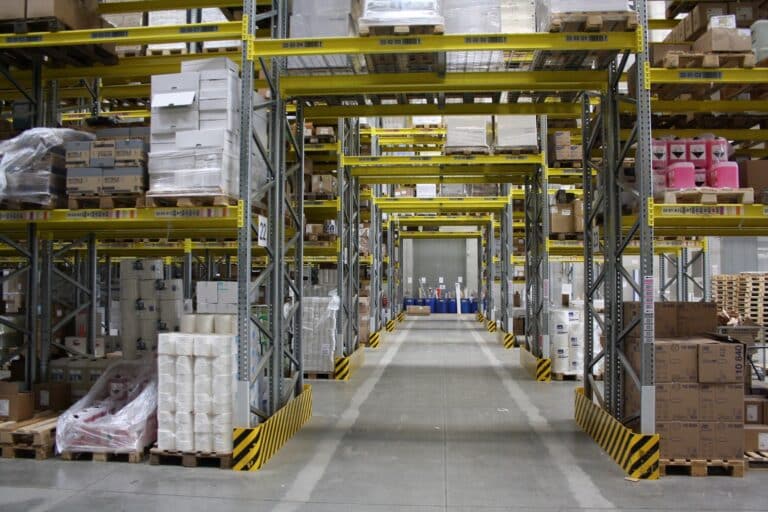Maersk orders ten Triple-E mega-ships
Maersk Line has signed a contract for ten of the world’s largest, most efficient container vessels, with an option to buy another twenty. The 18,000 TEU vessels will be delivered from Korea’s DSME shipyard from 2013 to 2015. The new, giant container vessels will be known as Triple-E, based on the three main purposes for their creation:
At 400 metres long, 59 metres wide and 73 metres tall, the Triple-E will be the largest vessel of any type known to be in operation. Its 18,000 TEU capacity is a massive 16% larger (2,500 TEU) than Emma Mærsk. At a cost of US$190 million per vessel – and therefore a contract value of US$5.7 billion should the option for a further twenty be exercised – Maersk is buying the ships to position itself to profit from the 5% – 8% growth in trade from Asia to Europe that the company expects, and to maintain its industry leading market share in the trade. The new vessels will not just set a new benchmark for size; in addition, they will ensure Maersk Line reaches its goals at the lowest possible cost, while producing the lowest possible amount of CO2 emissions, which is 50% less CO2 per container moved than the industry average on the Asia-Europe trade. Maersk Line CEO Eivind Kolding pointed out that reducing its carbon footprint is not only a top priority for Maersk, but also for its customers as well as a growing number of consumers who base their purchasing decisions on this type of information. Using the Clean Cargo Working Group’s internationally recognised methodology of grams of CO2 emitted per container moved one kilometre, the Triple-E is the most efficient container vessel ever made. Key statistics on CO2 CO2 and fuel are:
Quelle: eyefortransport |



